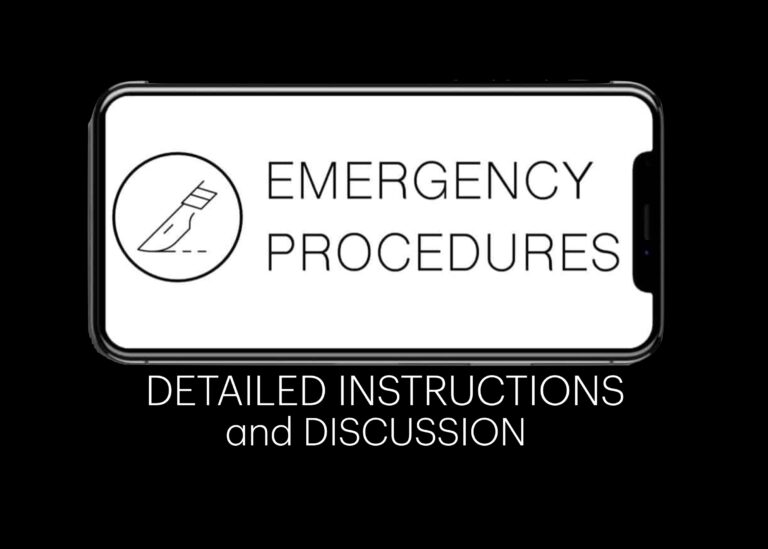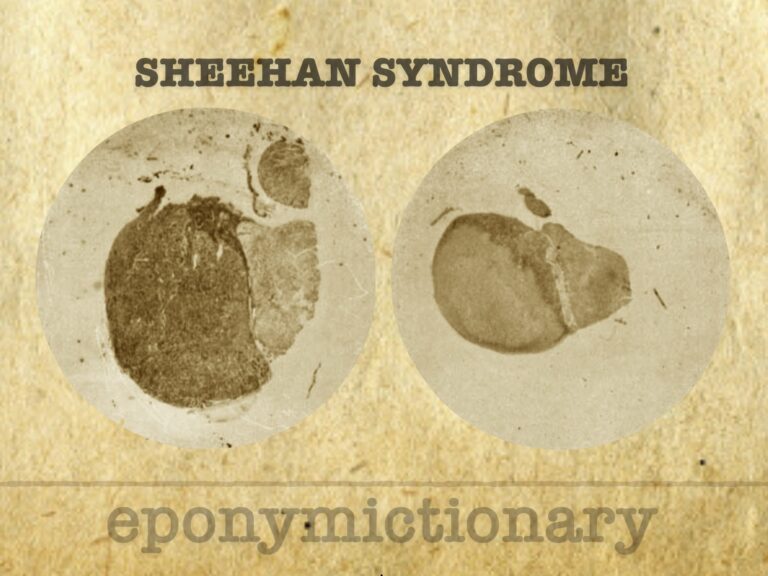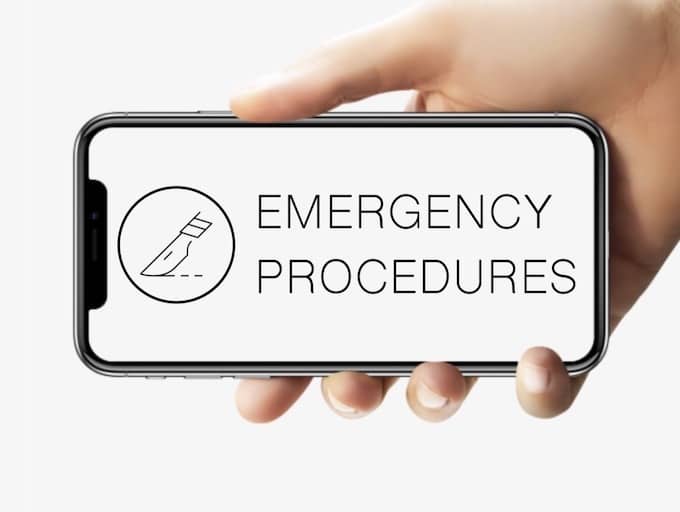
Clonidine
Critical Care Compendium entry for Clonidine (pharmacology)

Critical Care Compendium entry for Clonidine (pharmacology)

Central catheter-related venous thrombosis is a common cause of upper limb DVT, particularly in patients with underlying malignancy.

Cervical artery dissections (CADs) involve the carotid or vertebral arteries and are a significant cause of stroke in young people. Internal carotid artery dissections are most common

A 54-year-old lady with end stage renal failure (ERSF) presents to the the emergency department with abdominal pain.

Limb ischaemia is generally classified on the basis of its onset and severity, and may be complete, incomplete or irreversible

Emergency procedure, instructions and discussion: Postpartum haemorrhage (PPH). Take a few deep breaths and your own pulse, then dive into the video

Harold Leeming Sheehan (1900-1988) was an English physician and pathologist. Eponymously remembered for his description of Sheehan Syndrome in 1937

Postpartum hypopituitarism following ischaemic necrosis of the anterior pituitary gland. Pituitary necrosis occurs secondary to hypophyseal portal vessel thrombosis following significant postpartum haemorrhage, hypovolemia, and shock.

Abdominal Aortic Aneurysm (AAA) is a permanent localised or diffuse dilatation of the abdominal aorta to 1.5 times its normal diameter that involving all three layers of the vessel wall

Critical Care Compendium pharmacology entry for prazosin.

Lemierre syndrome is infective thrombophlebitis of the internal jugular vein caused primarily by anaerobic organisms from a focus of oropharyngeal infection

Emergency Procedure: Today we tackle postpartum haemorrhage (PPH). Take a few deep breaths and your own pulse, then dive into the video